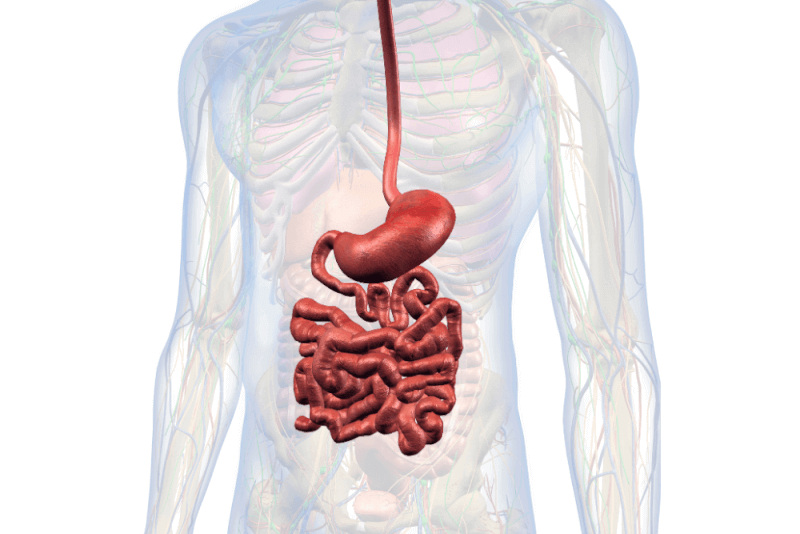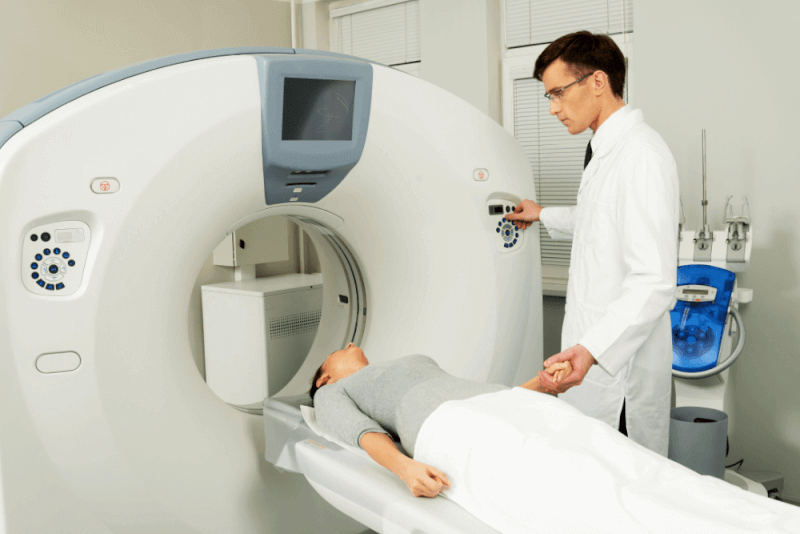What is an abdominal wall hernia?
Hernias are one of the most common and most frequently performed of all surgical procedures. Hernias are defined as the protrusion of organs in the abdomen through the abdominal wall or another cavity of the body. In order for the tissues to protrude from the specified places, the area must be weakened by a congenital or acquired cause.
Types of abdominal hernia
Hernias in the abdominal region are known by various names depending on the areas where they are seen.
Epigastric hernia
It is formed by some fat coming out of a weakened area in the abdominal wall. These hernias, which are usually small, can be seen in the middle of the navel, between the breastbone and in the belly button. Some patients may have hernias in more than one place.
In these hernias, which usually do not cause any symptoms, pain may be felt in the upper abdomen in some cases. Surgical procedures are generally preferred in its treatment.
Postoperative hernia
Hernia formation in the previously operated incision is called incisional hernia. Incisional hernias occur because the abdominal wall is weakened by surgery or because of infection at the incision site.
It is more common than other abdominal wall hernias because surgical incisions often weaken the abdomen. The incisions make it easier for the intestine or other tissue to come out.
Incisional hernias can be seen immediately after surgery or they can be seen within months or years. This type of hernia, which is generally seen in vertical incisions, causes patients to feel pain. Since they are unlikely to heal on their own, necessary treatment is required.
Spigel's hernia
Spigel hernias occur along the spigel fascia. Unlike other types of hernia, it occurs in the middle of the abdominal muscle because it develops just below the fat layer. This prevents spigel hernias from being recognized immediately. In addition, because they tend to be small, there is a higher risk of developing strangulated hernia. In addition, spigel hernias are among the rare hernias.
Umbilical hernia (Umbilical hernia)
In these hernias seen near the navel, fat, fluid and intestinal tissue protrude from a weak point in the navel. It is a common type of hernia, especially in infants. Some cases of umbilical hernias, which usually heal spontaneously, need to be treated with a surgical procedure.
Umbilical hernia causes increased intra-abdominal pressure in adults. This can lead to some health problems. These problems include constipation, cough, obesity and difficulty urinating.
Abdominal wall diagnostic criteria
Physical examination is usually sufficient to diagnose abdominal wall hernias. For this, it is enough to lightly touch the affected area. If the diagnosis cannot be made for any reason, the following imaging methods are used.
- Abdominal ultrasound
- CT scan
- MRI
Causes of abdominal wall hernia
Abdominal wall hernias are health problems that can be seen in all age groups, including infants. However, advancing age increases the likelihood of hernia. Hernias are usually caused by weaknesses in the abdominal wall. Among the factors that cause this weakness to occur are the following.
- Aging
- Surgical incisions
- Chronic cough
- Bowel movements
- Collagen vascular disease
- Straining during urination
- Frequent heavy lifting
- Pregnancy
- Obesity
- Genetic defects
- Abdominal injuries
- Previous hernia history
- Infection
Symptoms of abdominal wall hernia
Since abdominal wall hernias are usually visible, the characteristic symptom is a lump or protrusion under the skin. In addition, the symptoms that can be seen in abdominal hernias include the following.
- Mild pain or discomfort during strain
Symptoms that can be seen in case of strangulation of abdominal wall hernias, which usually do not cause any symptoms, include the following.
- Severe pain in the hernia area
- Nausea
- Vomiting
- Redness
Abdominal wall hernia treatment methods
Abdominal wall hernias are usually not intervened in the absence of any symptoms. However, in cases where hernias are large and cause pain, surgical procedures may be necessary to prevent pain and eliminate the risk of complications.
Abdominal wall hernia surgery
There are two different types of surgery used in the treatment of abdominal wall hernias. Among the criteria used in deciding which method to prefer are the following.
- Severity of hernia
- Type of hernia
- Expected recovery time
- Medical history of the patient
Methods of abdominal wall hernia surgery
The first method used in abdominal wall hernia surgeries is open surgery. For this procedure, a small incision is first made. The protruding tissue is then pushed back. In the final stage, the surgeon sutures the weakened area. In some cases, the surgeon applies a strengthening net to the weakened area.
Open surgeries can be performed under general anesthesia or local anesthesia. After surgery, it may take a few weeks for patients to return to their daily routine. However, patients need to be encouraged to move in order to recover quickly.
In minimally invasive surgery, general anesthesia is usually applied. In this procedure, several small incisions are made in the abdomen. The abdomen is then inflated with gas for better visualization of the internal organs.
In the second stage, through one of the incisions, the camera and the surgical devices that enable the procedure to be performed are transmitted to the hernia area. The mesh is used for hernia.
Minimally invasive surgery allows patients to heal faster and have less scarring. In addition, it is possible to return to their daily routine more quickly.
Benefits of abdominal wall hernia surgery
The advantages of abdominal wall surgeries for patients include the following.
- Working with small incisions allows patients to feel less pain after surgery.
- Patients can return to their daily routines more quickly.
- Internal placement of the patch allows for faster mechanical healing.
- Placing the patch on the inside reduces the chance of damage to sensitive nerves.
Complications of abdominal wall hernia surgery
The likelihood of complications after abdominal wall surgery is extremely low. Expected complications include the following.
- An allergic reaction to the patch makes it difficult to remove.
In addition, the complications that can occur if the hernia is strangulated are increased. Especially in elderly patients, strangulated hernia poses a life-threatening risk.
Life after abdominal wall hernia surgery
After abdominal wall surgeries, the return period of patients to their daily lives varies according to the type of surgery. They can return to their daily lives within 1 to 3 days after the surgeries performed with the closed method. Patients have a longer time to return to their daily lives after open surgeries. In addition, the conditions that can be seen during the healing process include the following.
- Patients should wait at least 2 weeks for sportive activities such as swimming, cycling or running.
- Patients do not need to have stitches removed as self-melting stitches are applied.
- Patients can take a shower after the control. A slight wetting of the wound site is not a problem.
- The medicines given should be used regularly.
Risks of an abdominal wall hernia
A hernia of the abdominal wall is usually not a disease that causes serious complications. However, if the hernia is strangulated, urgent intervention is required. Strangulation of a hernia is a condition in which the tissues protruding through the muscles cannot return and become trapped within the muscles. In this case, the symptoms that can be seen in patients include the following.
- Vomiting
- Abdominal swelling
- Intestinal putrefaction
Hernia strangulation, which occurs in 5% of hernia patients, is the most serious complication. In addition, the so-called giant hernia may also occur. In this case, treatment can be extremely challenging.












